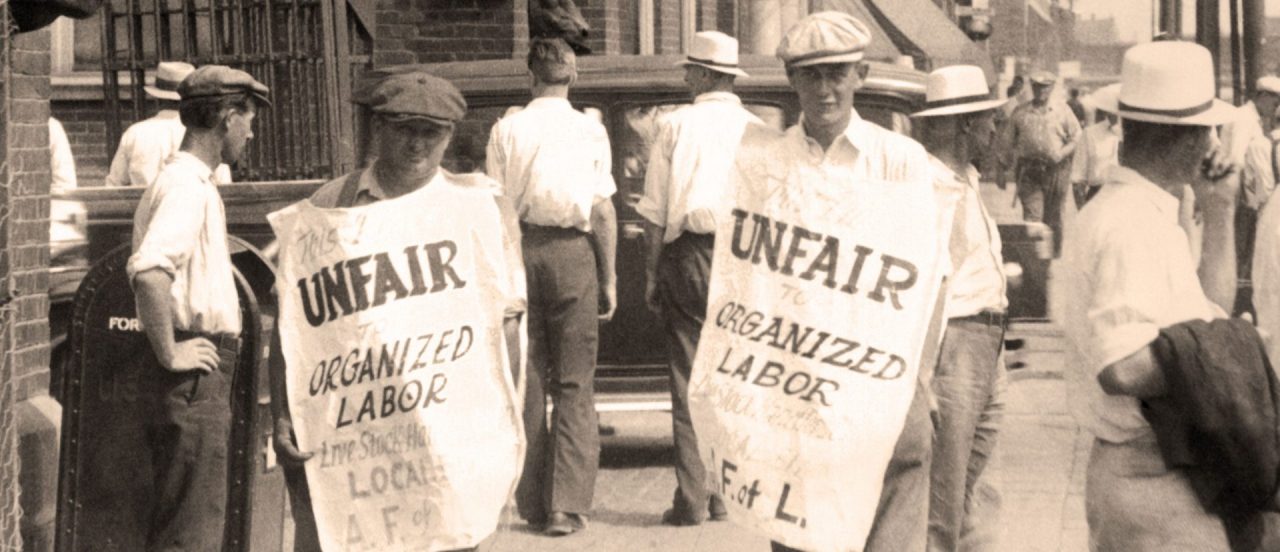In an effort to improve profits, employers sometimes collude in local labor markets. This has occurred recently in the markets for hardware and software engineers, digital animators, hospital nurses, and fashion models. The colluding employers restrict employment and thereby intend to depress wages and elevate their profits. This behavior, however, also has unintended consequences in the output market and the markets for other inputs. In the output market, a reduction in employment leads to a reduction in the quantity of the good or service produced which increases the price for consumers. Additionally, there will be reduced employment of complementary inputs, which may depress the prices of those inputs, depending on their supply elasticities. The present article spells out these economic results. It also argues that victims of the unintended consequences should have standing to sue for antitrust damages under Section 4 of the Clayton Act.
By Tirza J. Angerhofer & Roger D. Blair1
I. INTRODUCTION
Collusion in the labor market violates Section 1 of the Sherman Act, which forbids “[e]very contract, combination…or conspiracy in restraint of trade.”2 Collusion among sellers has been proscribed as a per se violation of Section 1 for over 120 years,3 while collusion among buyers had largely been ignored.4 Recently, however, collusion among buyers has come under increasing scrutiny especially when employers collude in the labor market.
Collusion in the local
...THIS ARTICLE IS NOT AVAILABLE FOR IP ADDRESS 216.73.216.89
Please verify email or join us
to access premium content!

